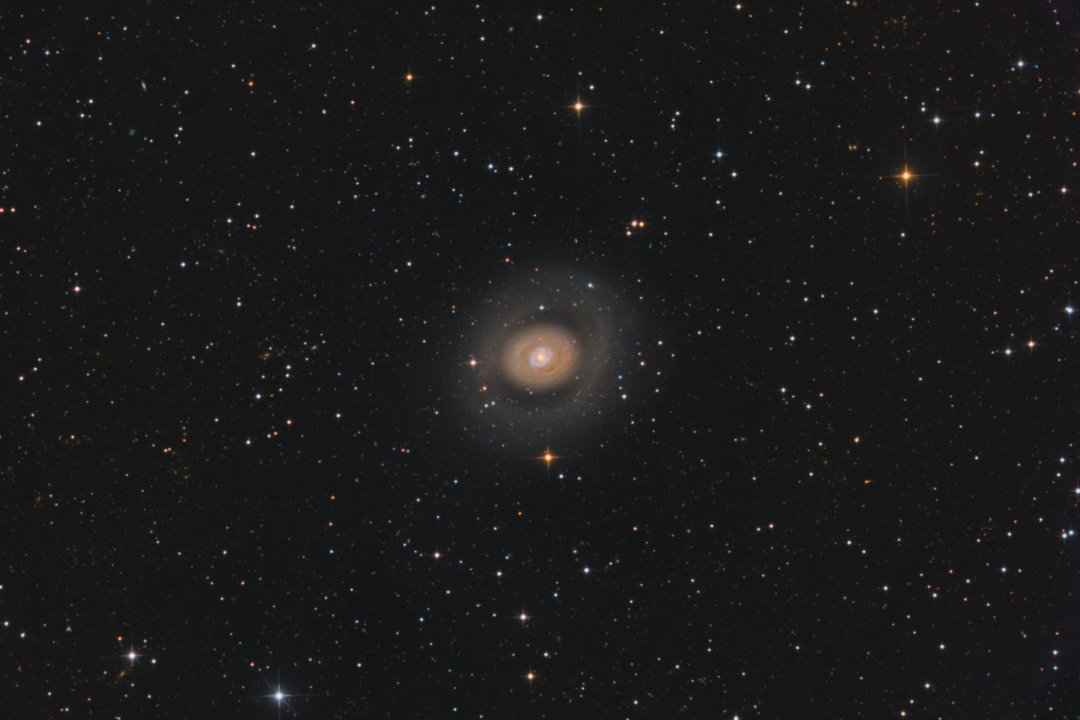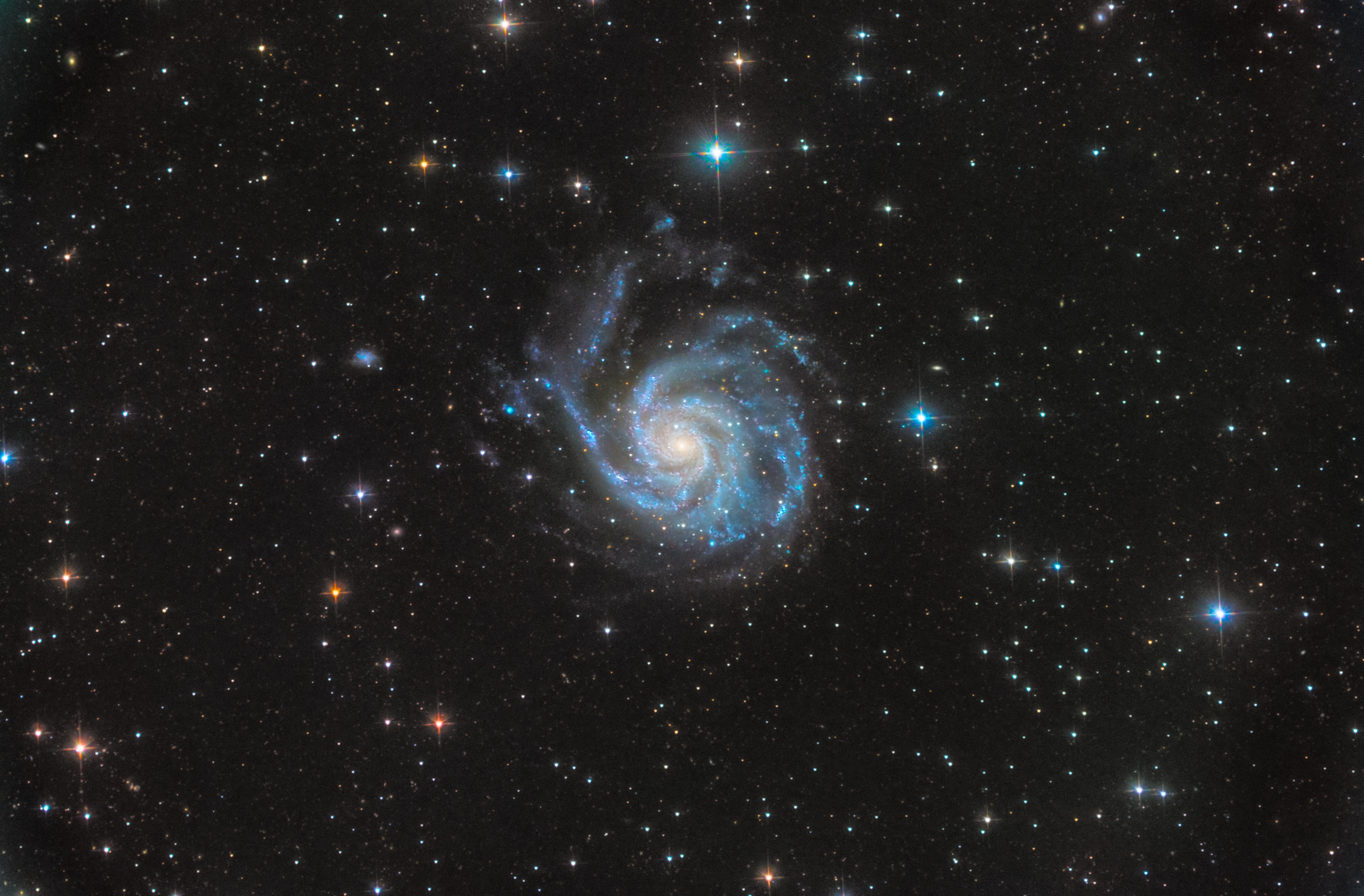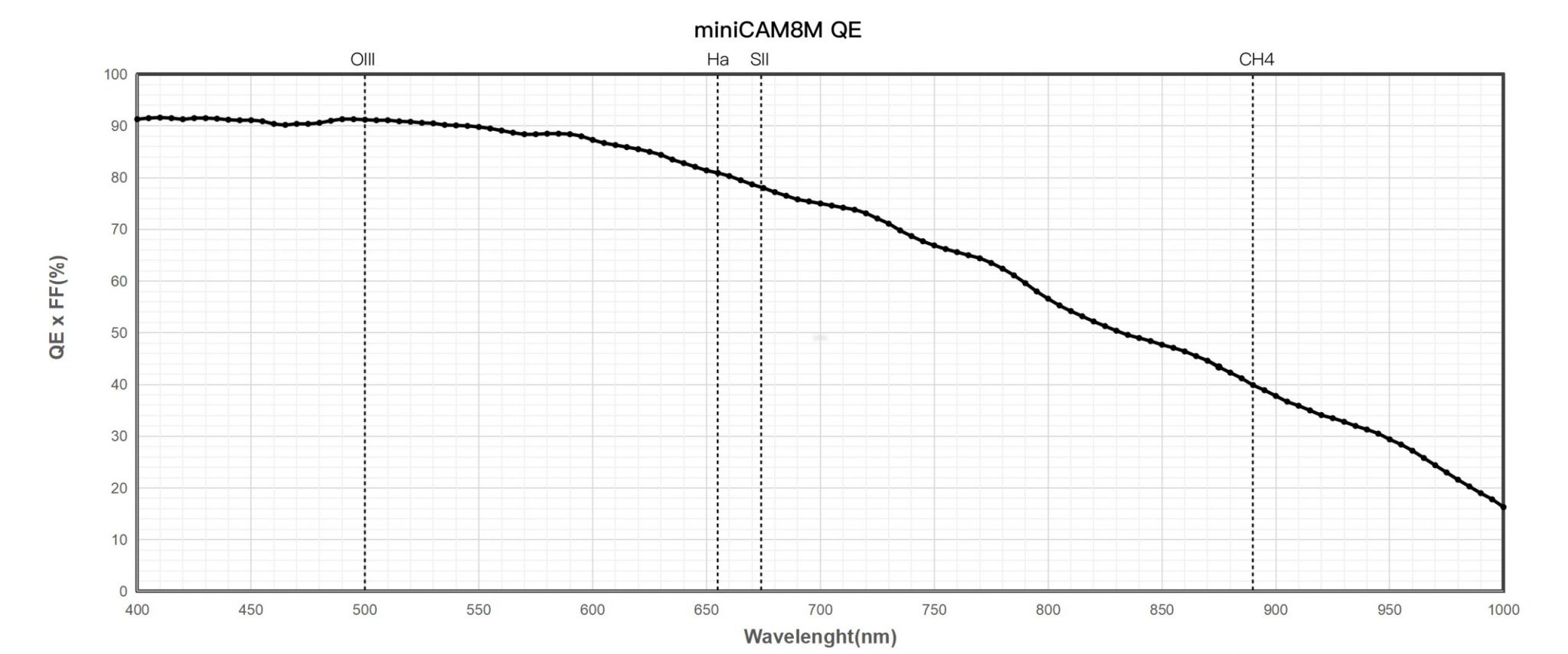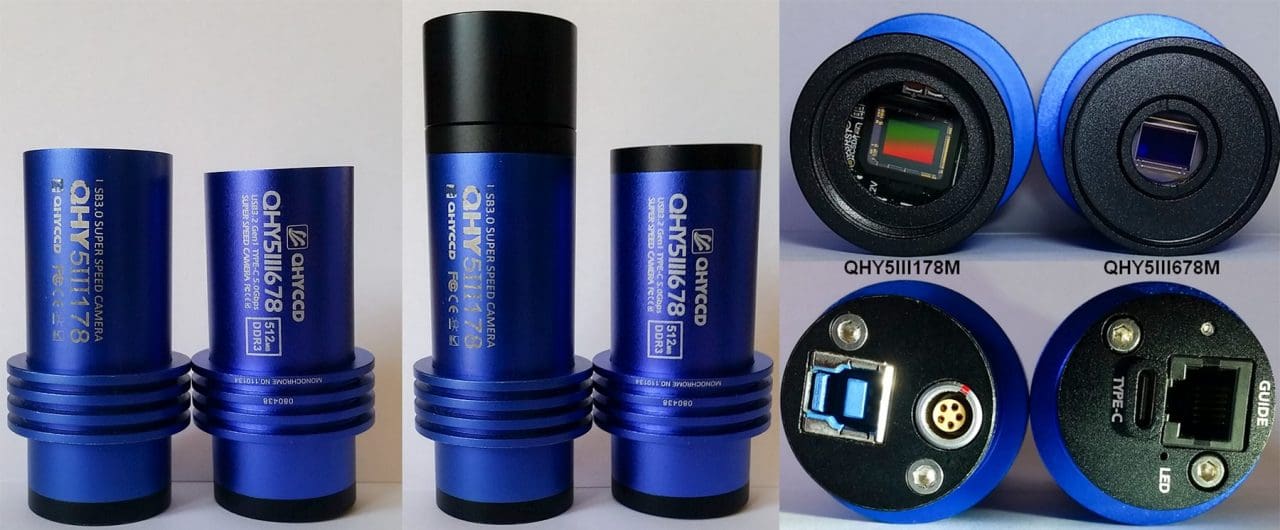QHYCCD: Hello Aaron! It is a great honor to invite you for this interview. First, please give us a brief introduction of yourself.
Aaron: Thank you! Yeah, my name is Aaron Dalton. My wife and I live in the remote Alaskan village of Grayling, where we serve as Christian missionaries. I grew up in Southern California and moved to Alaska in 2016 –it’s a little bit different here! I’ve only been doing astrophotography for about 2 or 3 years now but I’m definitely hooked.
QHYCCD: I’ve viewed your website. The place where you live is so beautiful and cool!! What charms do you think Alaska has?
Aaron: Yes, Alaska is absolutely gorgeous. Other than the wonderful people here, I love the amazing natural variety. We have mountains, oceans, forests, glaciers, the northern lights, hunting, fishing, trapping, the sun that never sets in the summer, just endless opportunities and untouched wilderness.
QHYCCD: I see that you and your wife are very affectionate and so warm. Do you often go shooting together?
Aaron: I love my wife! She prefers to stay inside where it’s warm when I have the camera running and see the finished product the next day. She’s always able to find shapes of animals and things in nebula and dust that I’d never see. And can never unsee.
QHYCCD: What influence do the climatic conditions have on your astronomy photography?
Aaron: When it’s -30f (-34C) outside I really appreciate the value of a remote-controlled, mostly automated setup. Autofocus and electronic filter wheels are literal lifesavers. I’ve had trouble with cheap USB, power cables, and even my mount’s belt motors snapping in the cold. On the other hand, I don’t have to worry about camera cooling very much.
QHYCCD: I’ve found that there are many awesome photos on your website. What is your most satisfying astronomy work?
Aaron: Thanks! This last winter has been a lot of gear tuning through the clouds but I was able to finish an image of M94, The Croc’s Eye Galaxy the other day that I’m really happy with! Here’s a link to that image:https://flic.kr/p/2kHUp32
QHYCCD: So, when did you photography deep-sky for the first time and why do you like it?
Aaron: Other than milk-way landscape on backpacking trips growing up, I started doing Astrophotography when I moved to a small village called PortAlsworth in 2017. I saw others’ images online and realized my perfectly dark skies were an amazing advantage for AP. Even my first untracked images of M31on a tripod got me hooked! I still find it amazing that there are such huge, faint, colorful structures with so much detail placed in the sky for us to discover and enjoy.
This last year I also started an AP YouTube channel, AlaskanAstro, with the intention of helping and teaching more people about astrophotography after so many people have helped me this far.
QHYCCD: Where do you usually shoot and what equipment do you usually use?
Aaron:Thankfully, I can just carry my gear about 50 feet into my backyard! The trees are clear enough and my village of 200 people is the only major light source for hundreds of miles. My main setup is a belt-moddedOrion Atlas, Explore Scientific 208mm f/4 Newtonian with ES HRCC, QHY268M with CFW3US-M, Optolong filters, QHY OAG-M withASI290mm-m, and a Moonlite focuser with EAF.
I also still love using my Star Adventurer star tracker with a DSLR or QHY183C and camera lens when I don’t feel like hauling 100 pounds of gear through the snow.
QHYCCD: How many shots have you taken with QHY268M? Please share your work! Is there anything interesting during the shooting or post-processing?
Aaron:I haven’t gotten to do as many actual shooting targets as I’d like because I’ve been doing lots of gear testing through the clouds. I’ve only had time to finish maybe 2 or 3 projects but hopefully I can work on some back-logged data this summer! It’s been a joy using this camera. I post most of my finished work here: https://flic.kr/ps/3UiTFY Orion Atlas belt-mod, rail-mod, QHY268M+QHYCFW3M-US, Samyang 135mm f2.0
Orion Atlas belt-mod, rail-mod, QHY268M+QHYCFW3M-US, Samyang 135mm f2.0 M101, QHY268M + Atlas EQ-G + ES 208mm f/4 Newt + Optolong filters
M101, QHY268M + Atlas EQ-G + ES 208mm f/4 Newt + Optolong filters NGC4725, QHY268M + Atlas EQ-G + ES 208mm f/4 Newt + Optolong Filters, 5.6hrs LRGB
NGC4725, QHY268M + Atlas EQ-G + ES 208mm f/4 Newt + Optolong Filters, 5.6hrs LRGB
Watching subs come in, in clear detail is always so rewarding and it’s even more fun watching a preview come to life using EZ Livestack. Not needing darks with this camera makes it even easier.
QHYCCD: How do you feel about QHY268M? And what do you think is the biggest advantage of this camera?
Aaron: In short, I think this camera is fantastic. My weather is pretty terrible for AP here so I need to take advantage of every clear night. I enjoy dumping as much total time as I can into a project, but the very high QEcombined with super low noise of the QHY268M lets me call a project “done” sooner than I used to be able to. When I pair this camera with my f/2 lens for widefield I really appreciate the deep full well allowing me to take longer sub-exposures before my stars blow out.
QHYCCD: In addition to QHY268M, what other QHY products do you have, or which QHY products you are also interested in?
Aaron: QHY was kind enough to send me a PoleMaster which has helped make setting up at the beginning of the night quicker and easier. I also appreciate the build quality and function of the filter wheel and OAG I bought.
I’m pretty well set with my gear right now but a 268C seems like it would make a great camera for a RASA or secondary lens setup. A high speed planetary/ solar camera would also be a great direction to expand in especially since I can’t shoot DSOs in the summer.
QHYCCD: What shooting plans will you have next? Can you share with us something?
Aaron: Well, I’m about to lose astro-dark until August now that summer is coming. Once my dark nights return in the fall, I’m really excited to shoot some targets in Cygnus with my new-to-me 80mm refractor. North America Nebula, Pelican, Cygnus Wall, Croissant Nebula.
QHYCCD: Do you have any comments or suggestions for QHY products?
Aaron: I know there have been some teething issues with new camera drivers lately so I’m glad to see QHY working with customers to get things figured out. Keep up the effort to always make your software better! I understand it’s up to the sensor manufacturers, but I sure would love to see a mono version of the 533 as an excellent starter camera for people wanting to jump into AP. I’m just really excited to get to keep using this great camera and slowly build a gallery of beautiful objects in space.
QHYCCD: Thanks for completing this interview!!






